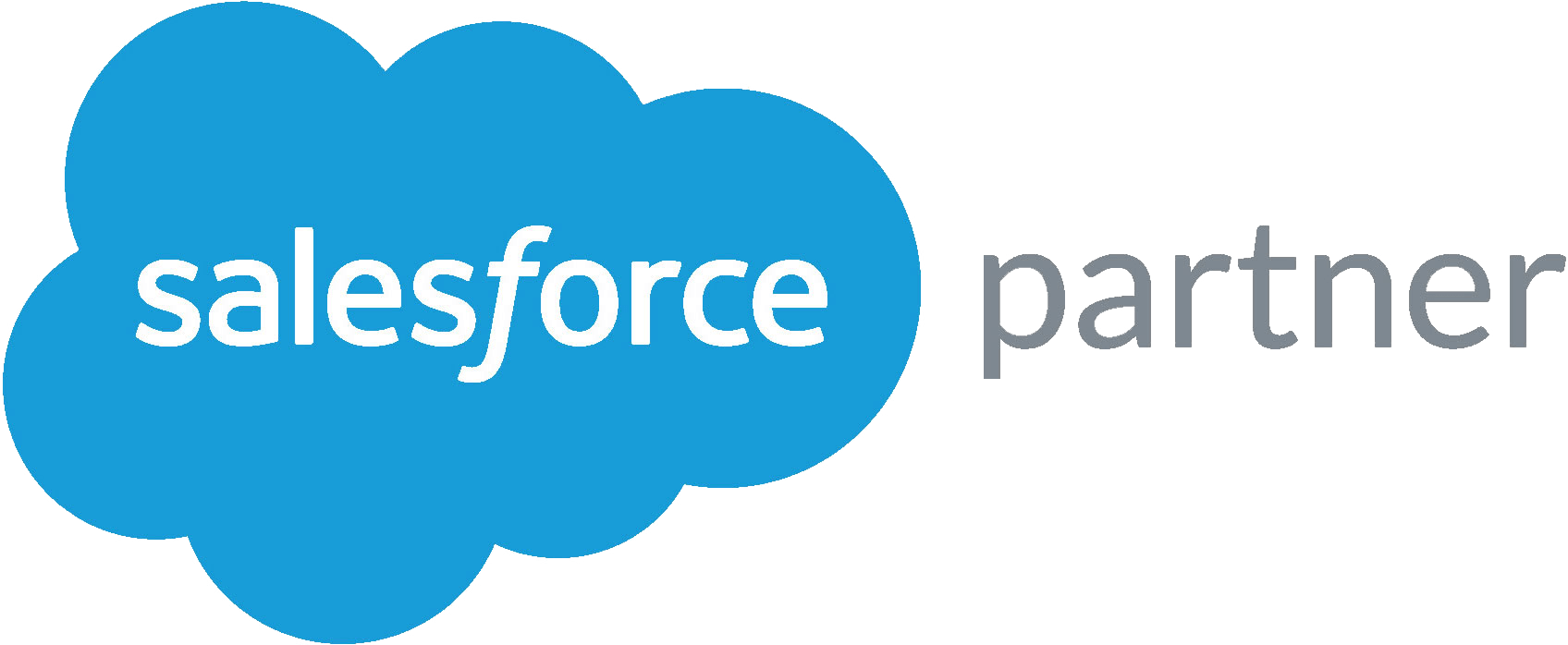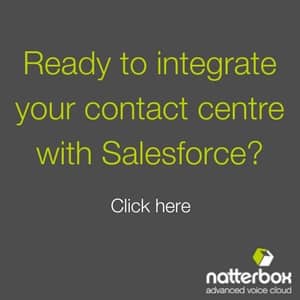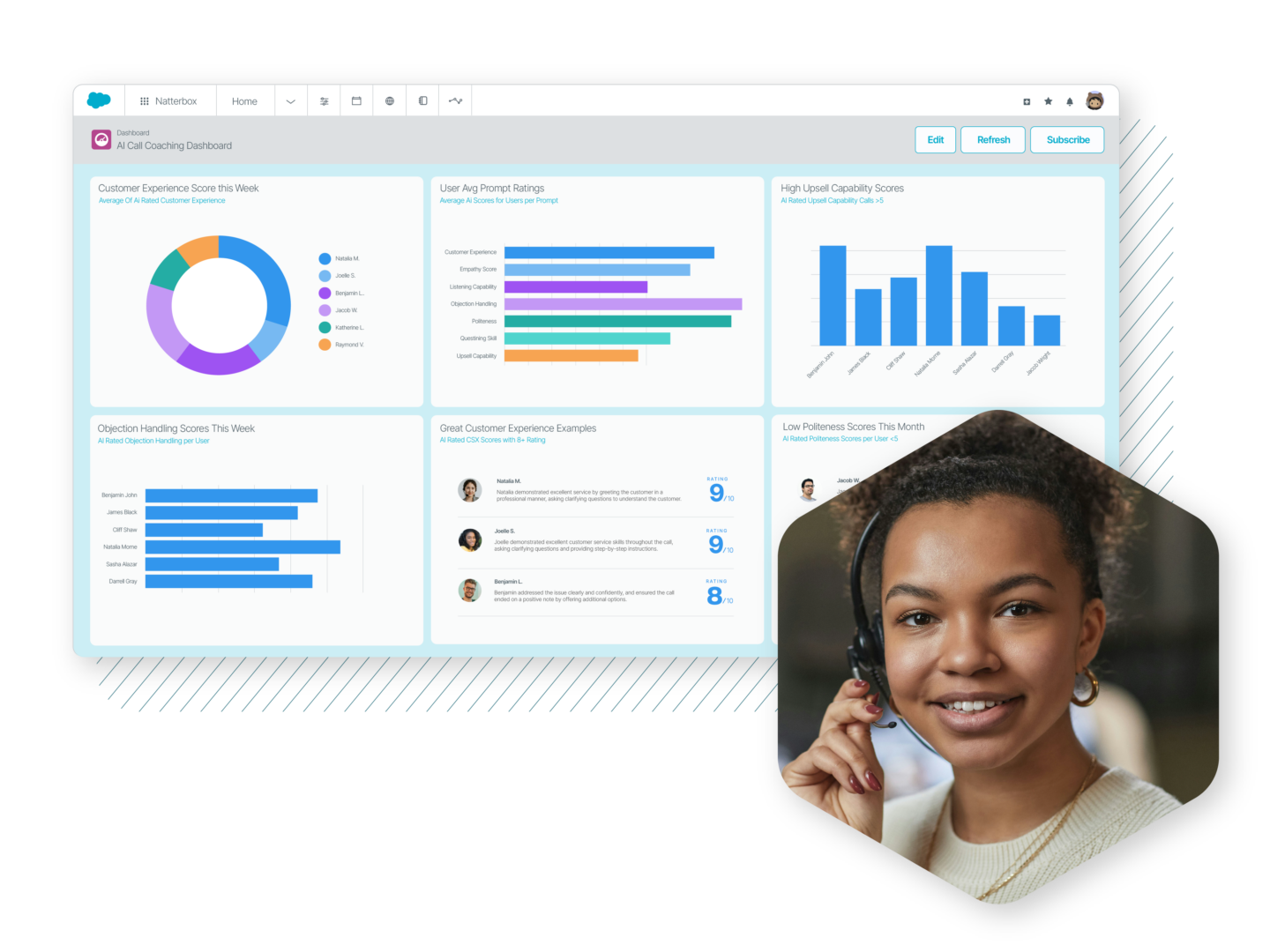Contact Centers
Contact Centre or Call Centre – What is the difference?
Natterbox Team

These two terms are often used interchangeably, sometimes even by those who are actually working in the world of call centres and contact centres. While similar, the main difference between a call centre and a contact centre is that the contact centre handles additional communication, not just telephone calls – and individual agents are often expected to engage in more than one channel, for example:
- Online chats
- Social Media
- Emails
- Telephony
However, the main difference between contact centres and call centres is that the former can handle inbound and outbound communication from all channels, for example telephony, chats, e-mails and social media, often described as omni-channel.
The contact centre is in fact the evolution of call centres
Traditional call centres are often used for customer service and other customer interaction like technical support, orders and so on. Call centres can often be less expensive than contact centres, and if business needs primarily are telephony based, a call centre can be the right solution. It may come as a surprise that old school telephony is still considered vital (even over social media) because of the personal experience it delivers and 92% of customer interactions still happen over the phone.
So it seems that the telephone is still the number one method of communication and the increasing interest in alternative communication methods has stimulated the evolution from call to contact centre. Contact centres cover all channels, however, not all channels are integrated within the same system. This is rapidly changing.
Enter the Cloud-based Contact Centre
With so many other technologies sitting up in the cloud, it’s time to accept that the time is right for business telecommunications to be taken into the 21st Century.
A cloud-based contact centre is, as the name implies, hosted in the cloud on the cloud telephony provider’s server. All calls will pass through this server and there are numerous advantages of this type of system.
So what does moving your contact centre into the cloud really mean for your business? Virtual agents? Essentially, it’s the same as putting your files and email int he cloud (google, dropbox etc.), but with a phone.
Yes, your phone in the cloud! Really? Very simply put, your business phone is hosted online to ease sharing, allowing you to integrate seamlessly with different software.
Not only could you lose your dusty old server room, overflowing with miles of cable, but you could find that you free up space with lack of hardware, that could even include your desk phone.
Voice communication has moved fully online alongside chats, e-mails and social media. It means the whole communication system is now in the cloud. Over the last few years, it’s become more common to integrate the cloud contact centre with a CRM platform (like Salesforce sales cloud or service cloud) in order to centralise all communication with prospects and customers.
Looking to solve the problem of Contact centres covering many channels, but all channels appearing in the same channel is solved by the Omnichannel. A channel which gathers all contact points, including cloud based telephony, in one place. The advantages of the increasingly innovative technology available, are that any sales or service company will be able to optimise how they interact with customers, by not only having one view for all channels, but also the ability to track a lot of data points directly within their contact centres, allowing managers access to advanced reporting and analytics.
And this isn’t just a UK thing. The beauty of cloud based voice communications is that you can grow quickly internationally. Scale your business within days and open an office anywhere in the world, without needing to actually be there. It takes just a few clicks to add a new user anywhere in the world, allowing anyone to run a truly global contact centre. This is one of the technologies that has allowed Micro-Multinationals to grow into new markets while maintaining an office presence in their native country.
With so many other technologies sitting up in the cloud, it’s time to accept that the time is right for business telecommunications to be taken into the 21st Century. It’s time to prioritise your phone with an intelligent telephony system, taking the fear way from adding a phone number in a prominent position on your website. Providing exceptional customer service and an amazing customer experience. Which of course leads to loyal, connected customers.




